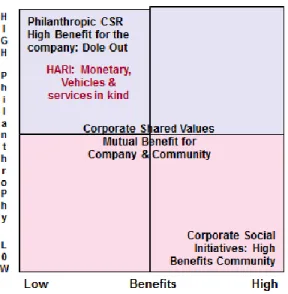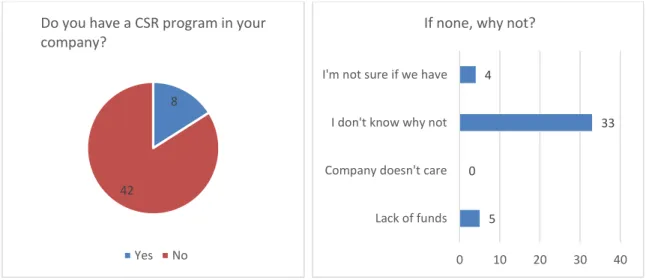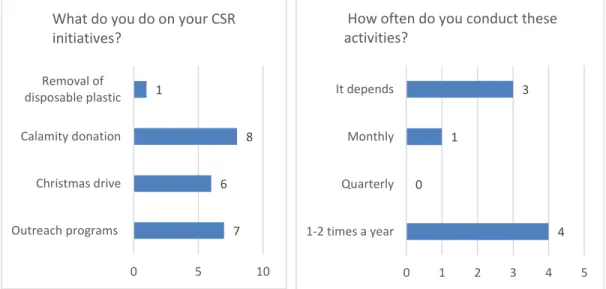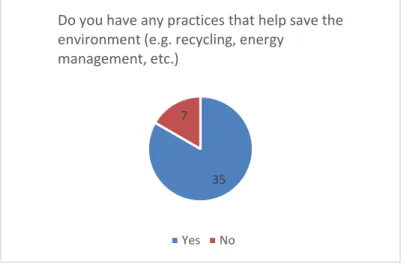Business Research Journal (BRJ) is a peer-reviewed journal of De La Salle Araneta University - College of Business, Management and Accounting. Corporate social responsibility (CSR) is now a thing of the past as corporate shared values (CSV) and corporate social initiatives (CSI) push companies to focus on beneficiaries. Atwater asserts that “What we think, feel, and emote … goes up into the air, then into the ethers, and accumulates in something like a mass mind or group mind until it can be processed, learned from, used… The concept of the mass psyche has priority.
It aims to make sense of the past for appropriate action on present and future issues (Smith, 2015; Hudtohan, 2005; Gonzalez, 1984) in the context of social responsibility, resource management and sustainable development. Davis (1967) argued that "some socially responsible business decisions can be justified with a good chance of bringing long-term economic benefit to the firm and thus repaying it for its socially responsible outlook." The statement became a forerunner of modern debates. on the financial consequences of corporate social responsibility. Business ethics plays a role in changing the definition, as Davis later argued that "the content of social responsibility comes from concern for the ethical consequences of individual actions, as they may affect the interests of others" (Nowak and Thomas, 2006).
He states that “the context of public sector enterprises [CSR] should be considered as a way of doing business that enables the creation and distribution of wealth for the betterment of stakeholders through the implementation and integration of ethical systems and sustainable management practices. .” (Afsharipour and Rana, 2013). China is making a statement that poverty in the East requires a solution to the social responsibility of the East.
Resource Management Human Resource Development
According to Afsharipour and Rana (2013), “China and India now seem to be moving a step further than international standard setters, as well as the United States and Europe, in developing mandatory approaches to CSR. As they do so at a moment of critical national and global change, understanding their reasons and methods is even more important for future corporate governance and CSR efforts and reforms.'. China's efforts to promote greater CSR can be seen as both an attempt to quell public discontent in the wake of preventable corporate disasters and rising income inequality, as well as a politically charged method of economic development that seeks to import Chinese products into to transform world-class goods. while tempering criticism from its trading partners who claim it disregards social, environmental or human rights norms.
China is moving toward "mandatory corporate social responsibility" as part of larger, historic transformations now taking place across China as the Chinese government seeks to shift China's massive economy into a more market economy and lift China's global economy. and political power as he implements his economic reforms. In April 2010, the government issued guidelines for Central Public Sector Enterprises (CPSEs) that required such enterprises to create a budget. The rise of China and India as global economic powers is telling Western countries that they do not have a monopoly on the ideas of corporate social responsibility.
In 1987, HR was about business knowledge, change and HR delivery; In 1992, personal credibility was central to business knowledge, change and HR execution; in 1997, personal credibility remained at the center of business knowledge, change and HR delivery with culture as a new dimension; in 2002 strategic contribution became the center of business knowledge, personal credibility, HR delivery and HR technology was introduced; in 2007, HR was tasked with developing business and people by addressing organizational capabilities (talent manager and organization designer), systems and processes (operations executor and business ally), and relationships (credible activist); in 2012, HR had six critical areas: 1.
Sustainable Development Sustainability
The results of these seminars were considered in the adoption of PSA Board Resolution No. This study determined the relationship between corporate social responsibility and corporate financial performance of one of the country's leading fast food chains. It can measure the profitability of the company in accordance with the money invested by the shareholders.
It can represent the company's performance and show the public that their company is trustworthy. All financial statements were sent by the company to the e-mail of the researchers. In addition, the study found that CSR helped to improve the company's financial performance, especially in terms of revenue generation.
The data showed somewhat inconsistent results with Corporate Social Responsibility as a method for the transparency of growth of the company. In the study by Ding (2014), CSR and ROE are related to each other, depending on which area of the CSR was studied. It assumes that CSR affects the economic image of the company and affects the financial performance of the company.
It also motivates the employees to perform well in their work because of the trust in the reputation of the business. The employee can increase their job satisfaction which will lead to high productivity of the company. CSR showed no relationship with NPM, but showed an impact on firm value.
The link between corporate social responsibility and financial performance: the case of Tunisian companies. The proposed SCSR program is anchored in the sustainability framework of the World Council on 1.Economic Development (WCED) triple bottom line for People, Planet and Prophet, 2.The Human and Spiritual Dimensions of Development of Center for Alternative Development Inc. CADI ) and 3. The integral framework of Wilber's All Quadrants All Lines (AQAL). The basis of the tripartite collaboration for sustainable CSR of HMC in the Philippines is anchored in the Vision, Mission and Values of the three players: DLSAU, HARI and ARIF in Table 4.
In light of UNESCO's 2030 Education Sustainable Development Goals and the WCED, CADE and AQAL's Integrated Framework for Sustainable Development. Shared Value in the Philippines: A Study of the Efforts of the Corporate Linkage Foundation. One of the causes of many social issues is the increase in the number of businesses operating in the world.
The goal of Corporate Social Responsibility is to create social impact by contributing a portion of the company's revenue to develop programs that help solve societal problems.



